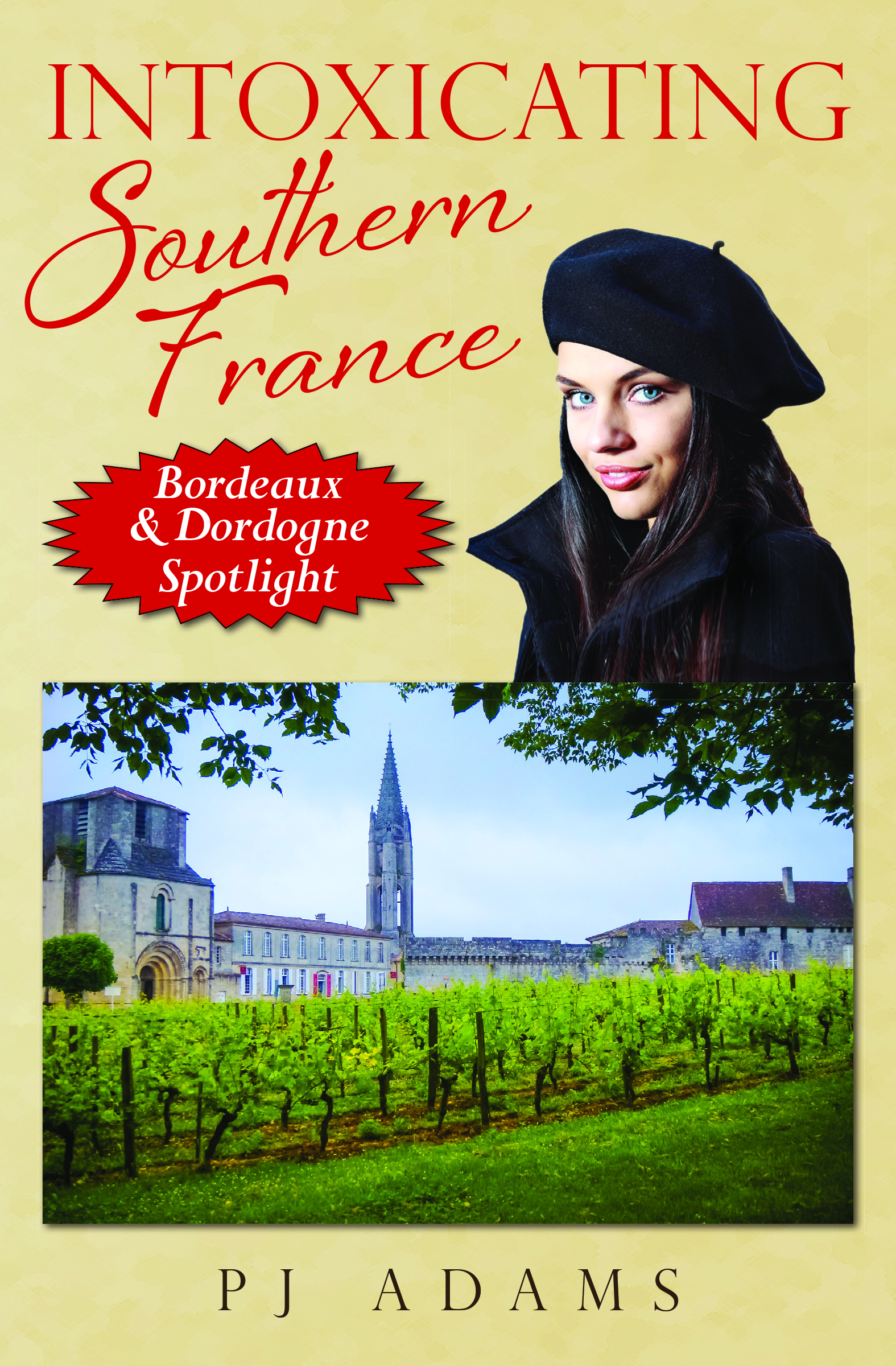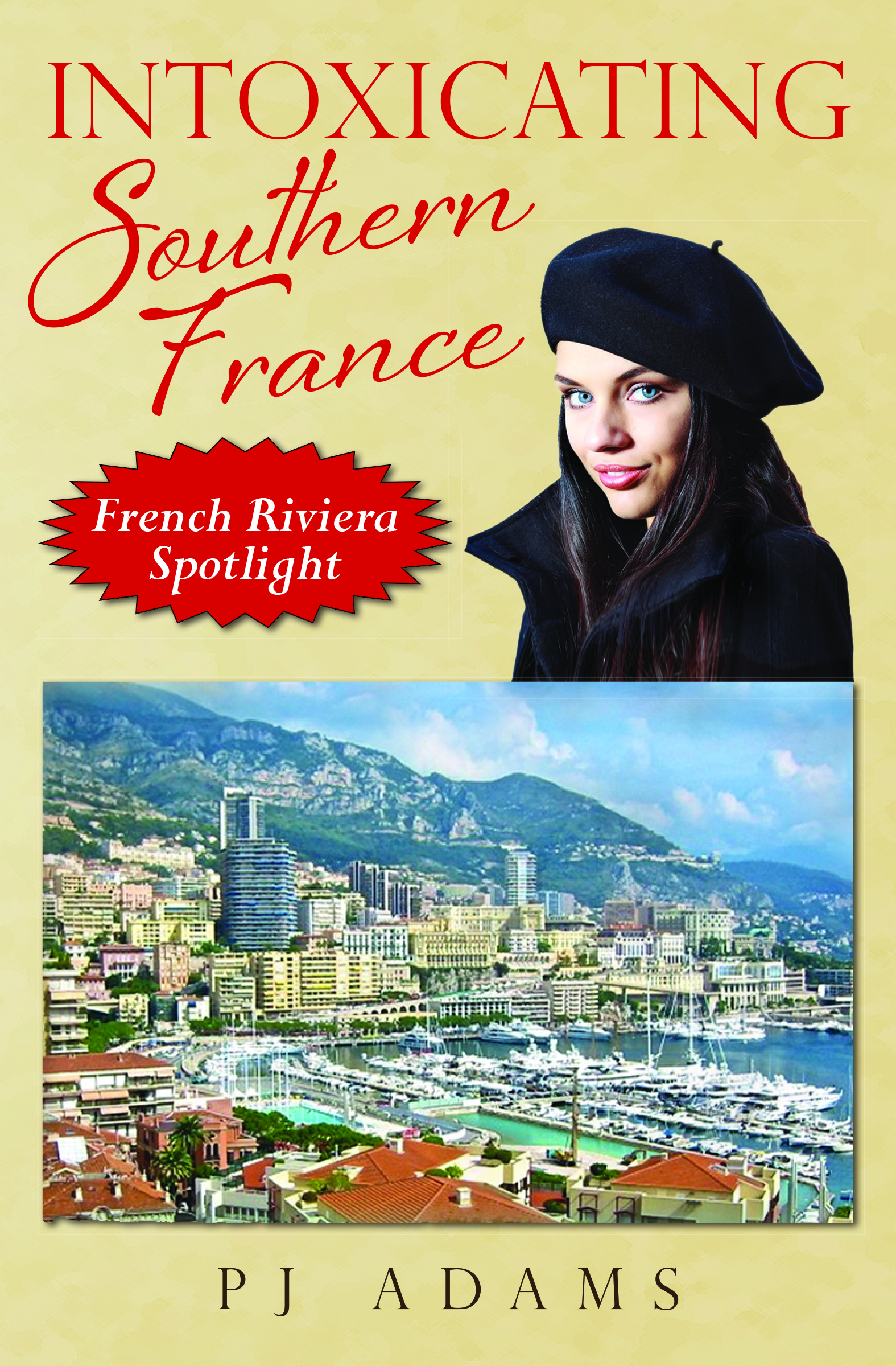The Dordogne Valley
/There’s a fertile, ancient enclave in Southern France brimming with medieval castles, pretty vineyards, and a prehistoric history that offers some of the first glimpses of man. It’s called the Dordogne Valley. It lies in central France just east of Bordeaux at the western coast. The Dordogne River flows west toward the sea from Dordogne Valley. It’s carved a marvelous broad valley of rich farmland that produces some the best vegetables, fruits, nuts, seafood and goose-based products like foie gras and pâté on the planet.
Early mankind found it a welcoming place to settle. They made their homes in cave complexes such as Lascaux and Pech Merle which you can still visit today. Living must have been somewhat easy as these early humans not only hunted and created farmland, but also had time to colorfully decorate the walls of their caves with a variety of animals and other images using primitive paint colors and spit.
Since that time agriculture—and wine growing—has flourished in the area. During the centuries, the land was much prized and warring factions (British, French, Iberian, Ottoman, and more) criss-crossed the land erecting castles, squabbling over land rights, and lusting after the riches of the area.
Today, there’s still a moderate land grab. But these mainly involve hungry real estate buyers hoping to land a second home or retirement abode in this land of plenty. We love this almost hidden gem of France. While Brits love to commute to the Provence of Peter Mayle fame, we especially enjoy the lesser known Dordogne for its rustic charm, fantastic wine, picturesque attractions, and fantastic food. You’ll find walnuts, wine, ducks, geese, truffles, foie gras, rustic bread, hearty cuisine, and other goodies for your home (or your castle) all through this charming region. All are prominently for sale at stores and markets along the journey.
The major towns of the Dordogne are Bergerac and Perigeux. Each of these is maybe worth a visit if you have plenty of time in the area, otherwise we suggest avoiding them because they are cosmopolitan business centers missing the charm of the countryside.
Instead, we tend to stick to the most interesting towns of Sarlat-et-Canéda, Castelnaud, Domme, Beynac, and La Roque-Gageac. Sarlat is the largest of the these and sees itself as the foie gras capital of the area. It’s also the one of the best-preserved towns in France, often used as a set for historical movies and TV shows.
Sarlat is worth at least one visit. Market days are Wednesdays and Saturdays—and it’s worth visiting on a market day if you can get there early for the drama and excitement. You’ll see a wide range of products for sale and you’ll rub elbows with the local French who are shopping for groceries and home goods—an education in itself! Sarlat on market day is very crowded, particularly in the summer where as many market visitors are tourists as locals. Plan on coming back to the town at dusk and stay for dinner. Better still, pick an accommodation in town and you won’t miss a minute of the action.
Castelnaud and Beynac are medieval villages nestled along the Dordogne River. Each features a medieval castle with a great view of the river—and a history worthy of a BBC drama. During the Hundred Years’ War, these two castles changed hands multiple times between combatants. Even if you abhor history (and the working trebuchets still on display), they are worth a visit for the view of the river with its canoers and boaters or beautiful hot-air balloons floating overhead.
Along the same section of the river is the most ancient town of La Roque-Gageac, which is practically carved into the hillside. This village is often cited as one of the most beautiful in France. It’s a perfect place for lunch at a cafe that has a view of the river or for glimpsing unusual visitors like these German bikers (in their 60s!)
La Roque is also a great place to get a river cruise on a gabare(sailing boat). A gabare is a traditional Dordogne River vessel that were used in the old days to carry agricultural products and wine from the Dordogne area to Bordeaux for export. A cruise takes an hour or so and a commentary in English is available. If a gabare isn’t energetic enough for you, renting a kayak and sailing down the river is a favorite pasttime. The renter will pick you up down river and bring you back to La Roque.
Last but not least, you can book a spectacular hot air balloon ride in Beynac (and elsewhere in the Dordogne). While this is one of the more expensive adventures in the area (approx. $150/ea) floating above the river as the sun comes up or goes down is one of our most memorable experiences. With museums, cave complexes, outdoor markets, fantastic food, and affordable local wine, the Dordogne has everything for a relaxing vacation of a few days or a week.





















